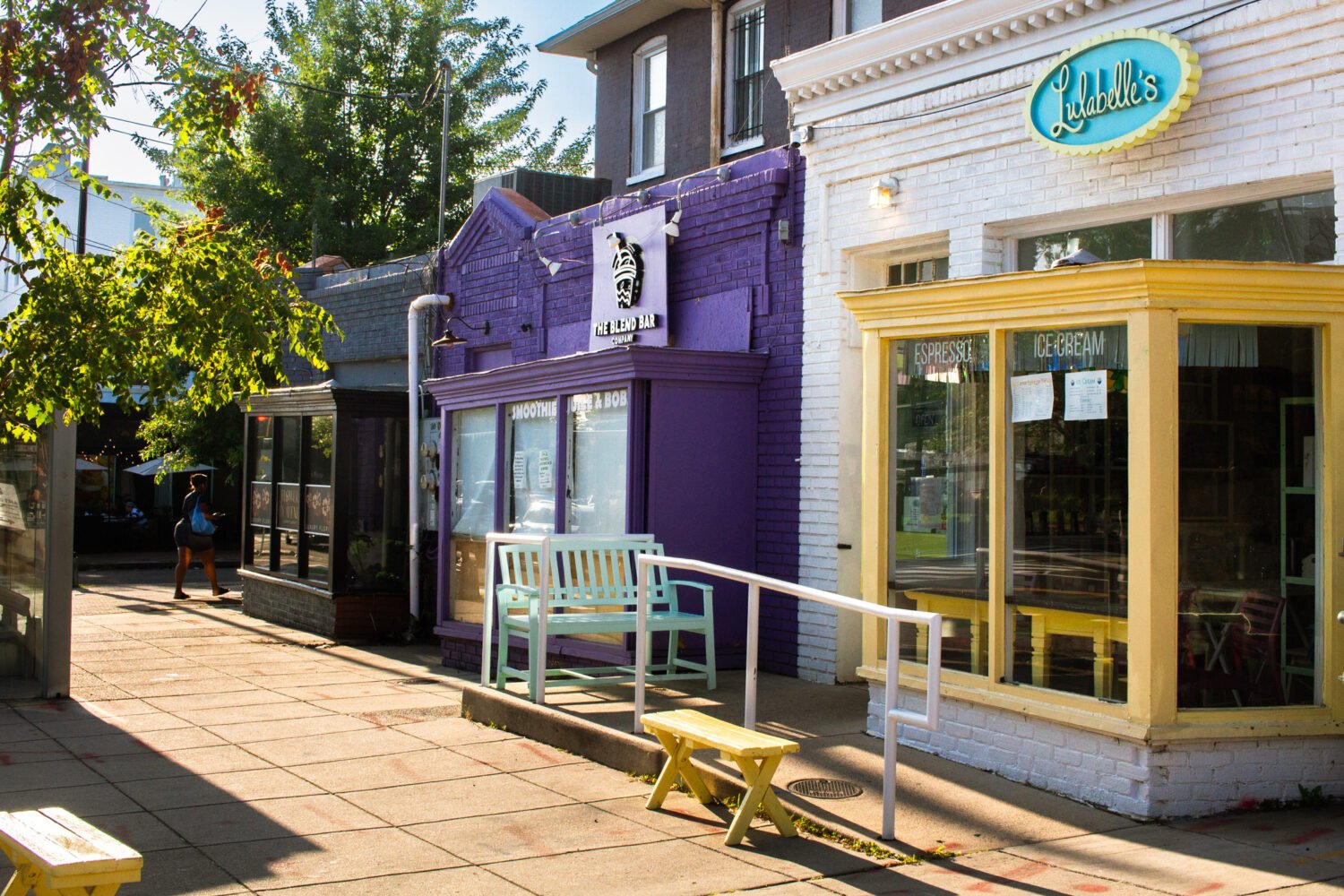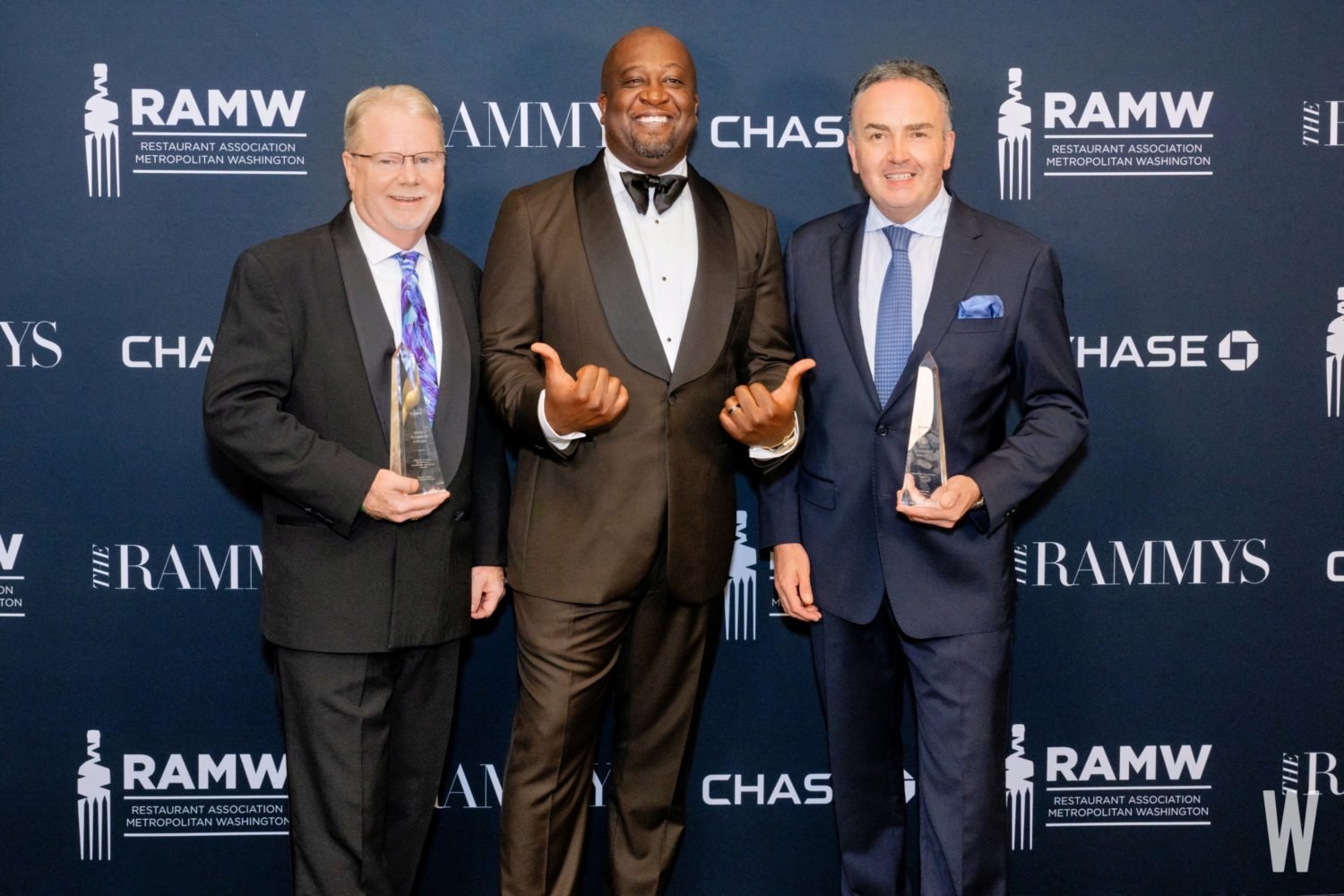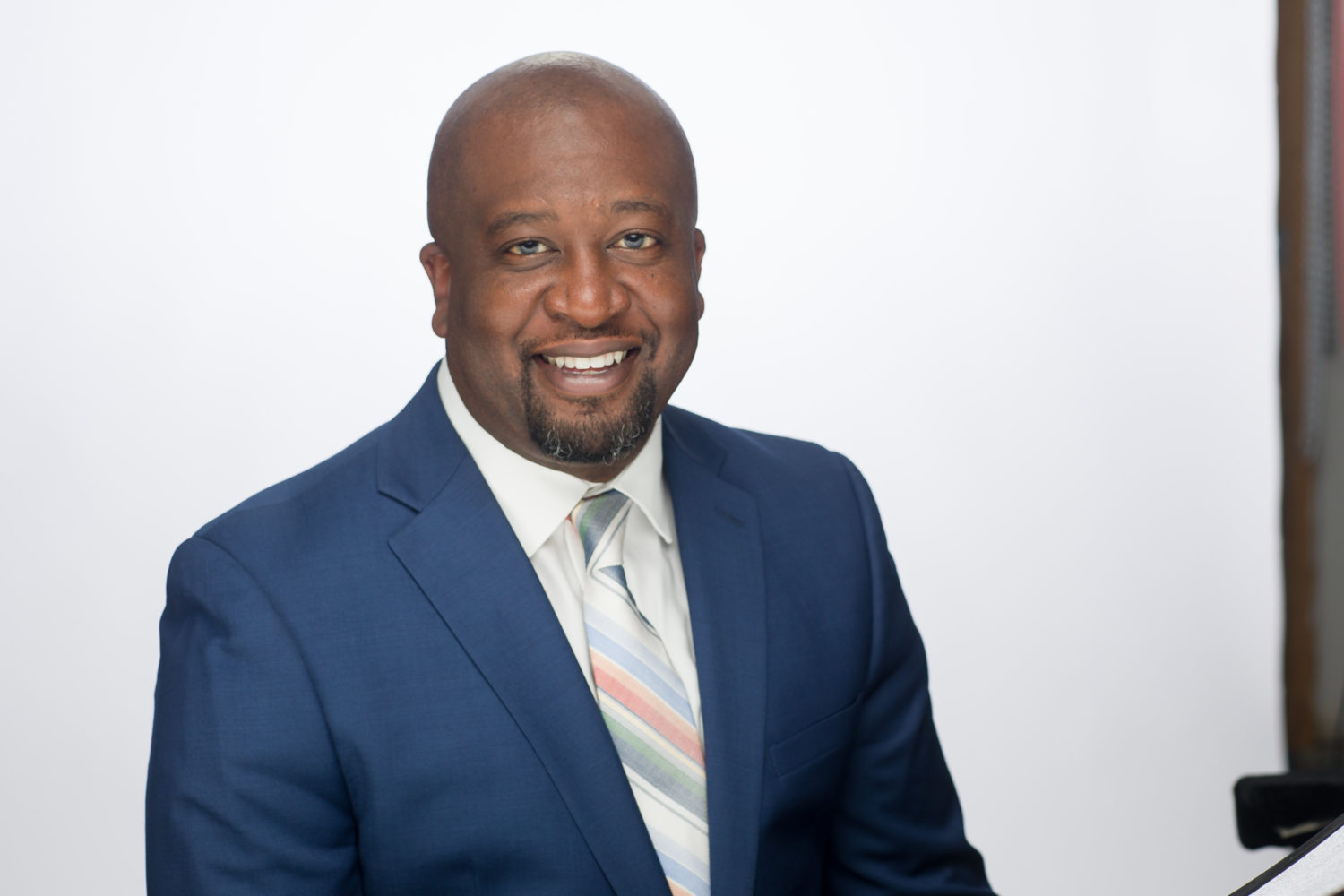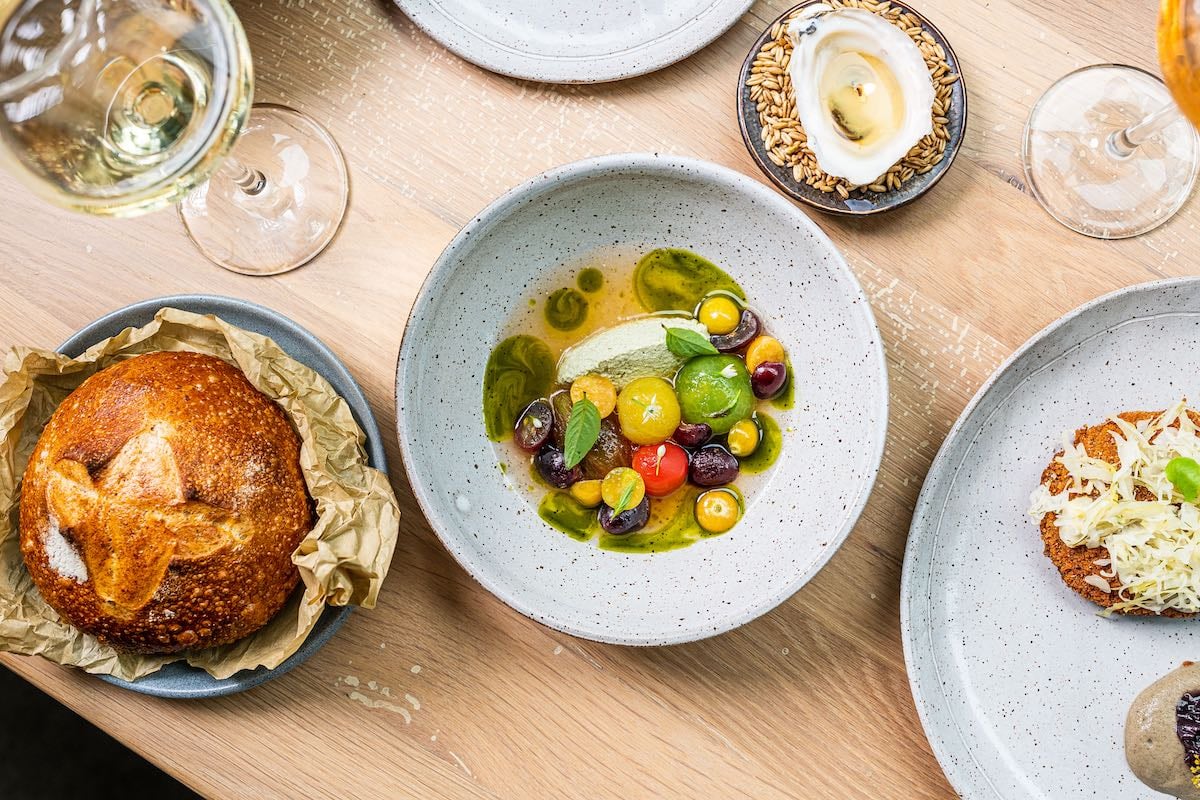After a decade on the job, Kathy Hollinger is stepping away from her role as President and CEO of the Restaurant Association Metropolitan Washington. During her tenure, Washington saw an explosion of new restaurants and dining neighborhoods, industry-shaping new laws and regulations, and—oh yeah—an entire pandemic.
Hollinger starts a new gig leading Greater Washington Partnership, a civic alliance of regional business leaders, next week. We chatted with her about the current state of DC-area dining, navigating Covid, and a looming ballot initiative that could significantly alter the industry yet again.
You’ve overseen the Restaurant Association through the most difficult time that the industry has seen in modern history, which is the pandemic. How would you describe the state of the dining scene right now?
I would say that there’s definitely progress coming off of the last two years. I would still categorize the industry as fragile, but on a positive trajectory. I do see that there has been so much in terms of growth and healing and resetting and everything that needed to happen coming out of the pandemic. People right now are incredibly heads down. They are back at it in an intense way. And while restaurants are busy, the work that is entailed to do your job, it’s just a lot more.
I think it’s easy in a lot of ways to look around and think everything is back to normal. But, obviously it isn’t, and we’re still seeing a lot of notable closures blamed on the pandemic. What do you see happening beneath the surface?
I think restaurants continue to struggle with inflation, labor shortages in terms of who stayed in the industry, who left the industry, who left the region completely. There was a lot of rethinking of what you wanted to do with your life, whether you were in this industry or not.
I do think that rising violent crime has had an impact on operators, their employees, and how people dine. I think that there are portions of our industry that are seeing just overall lower customer traffic, and they’re concerned about making up for those two years to financially be at a 2019 or 2018 number. Operators are saying they are at about 70-percent of where they were in 2019 when it comes to revenue coming in. There are layered consequences and challenges that they are still dealing with. Debt is one of them, making up for whatever allowances were given to them for rent. This is kind of the makeup year.
For you personally, what has been the biggest challenge you’ve faced leading this organization during the pandemic?
I would say that the biggest challenge was really being able to synthesize communication around what this industry can and cannot do on a daily basis. There was a complete re-shift as an organization that we had to make in terms of how we were creating community with our members, knowing that it wasn’t getting together somewhere to be able to brief people. We had to become more of a rapid response organization, every single day.
Outside of that, just as a human, the stories and the calls and the emails and connecting with people even if I was driving by in my car and we were talking curbside— a lot of the stories were heartbreaking. And that takes a toll on you and others whether you’re aware of that or not.
Is there anything in particular that you are most proud of in your time leading the restaurant association?
We grew so much every year to make sure that we were really a relevant representation of what is out in the community. I was very intentional about making sure people were at the table, not getting so caught up in membership as it’s defined, and making sure that there were opportunities for voices to be heard. We were always at the table with big issues that were happening, whether in DC, Maryland, or Virginia. I think it’s really important to not just create the platform for the organization, but make sure that members have the platform to use their voice, to be able to speak to what they’re dealing with every single day. And that is what I am most proud of.
Looking forward, what do you see as the biggest challenge facing local restaurants?
When we survey our operators, specifically in DC right now, of course people are extremely concerned about rising food costs, rising labor costs, diners and their willingness to pay higher prices. When you add on what we know is before us in November—the elimination of the tip credit being voted in or out [with Initiative 82]—that’s concerning to me. I worry because I do not think voters really recognize what is on the ballot, and a simple yay or nay can really change a business model without considering the unintended consequences of what is voted in. I believe voters would think that they’re voting for higher wages, when the reality is that eliminating the tip credit will actually decrease wages for the tipped employees. It will raise costs for the small business, and it will raise costs for the diner.
I am a firm believer that we just don’t do these kinds of efforts in isolation. We have to think about regional implications. We have to think about what else is happening around the country. If conversations happen on eliminating the tip credit, it should not happen in one market. It should happen as a national dialogue, so that there is some level playing field in thinking about how to address this issue, if people feel it needs to be addressed. It feels really raw right now when people just do not have capacity to think about anything outside of how they have to run their business throughout the day and night.
Tell me a little bit more about what you will be doing in your new job as CEO of Greater Washington Partnership.
It’s definitely different, but it’s still regional. The Greater Washington Partnership is made up of leaders that represent the top employers in the region, from Baltimore to Richmond. And they are all committed—personally and professionally—to make sure that we are the best region to live in, work in, grow and build a business in, to attract talent, and ultimately stimulate growth. They commit to it through very specific initiatives—inclusive growth, skills and talents and what that next generation of workforce may look like, and then also regional mobility and infrastructure. So how do we build the most connected and accessible region in the country.
For me, it’s such a nice hybrid of my work even before the Restaurant Association when I was with Comcast and in private sector, but it’s coupled with this purpose, passion, nonprofit work of being able to drive the region forward. I think that it is very much the right step for me as I come out of a 10-year wonderful experience leading the Restaurant Association and leading an industry I really, truly love. My heart has been and will be with this industry. I’m a DC resident. I will still be dining everywhere, probably more than I need to be.
Any intel you can share about the search for your replacement?
What I do know is that they just started a national search, and there’s a firm that will help the organization and the board find the new President and CEO. They want to be very intentional, which always takes a little bit of time, but I know the process has started.


















